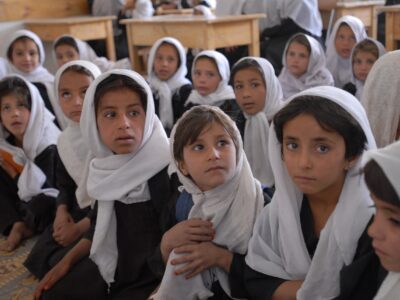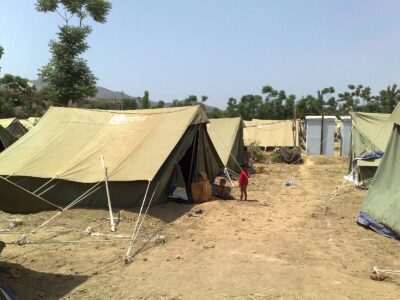01-12-2024
Fanni Lovas
South East Asia Researcher
Global Human Rights Defence
One year ago, 12-year-old Dinesh weighed 110kg, a weight that his parents did not consider unusual. However, frequent headaches and a bout of vomiting after eating pizza prompted them to consult with a paediatrician. Consequently, Dinesh was diagnosed with hypertension, a condition typically associated with adults in their 30s, placing him at increasing risk of heart disease and stroke. Despite his weight, Dinesh was found to be severely malnourished, lacking essential vitamins for health growth.
Dinesh’s case highlights the growing epidemic of childhood obesity in India. The number of overweight and obese children has risen significantly in recent years, with projections suggesting that by 2030, India will account for one in ten obese children worldwide. According to the National Family Health Survey, the prevalence of overweight and obese children increased from 1.9 percent in 2055 to 4 percent in 2019-2021, and this figure is expected to keep rising. Experts warn that obesity in children often leads to serious health issues, including high blood pressure, type 2 diabetes, stroke, and kidney problems.
One reason childhood obesity is on the rise in India is a crucial shift in how body weight is perceived. In the past, children were generally lean, but by the 1990s, a chubby child began to symbolise prosperity. Many parents, especially in joint families, still celebrate a child’s weight as a sign of health and well-being, unknowingly fostering unhealthy habits. This perception, combined with busy schedules, makes it difficult for parents to prioritise their children’s nutritional needs. Another main factor is the easy availability of unhealthy foods. Fast food, sugary snacks, and beverages are not only cheap but also heavily marketed, contributing to poor eating habits. Sedentary lifestyle, with increased screen time and reduced physical activity, further exacerbate the issue.
As a result, children are now developing chronic conditions like hypertension, type 2 diabetes, and hormonal disorders at an alarming rate. Experts emphasise the importance of addressing these lifestyle factors early on to avoid long-term health complications. The increasing awareness of childhood obesity among millennial parents is prompting a shift toward healthier eating and lifestyle choice, which could helps curb this rising crisis in the years to come.
Sources and further reading:
Daphne Clarance and Manisha Pandey. (2024, December 1). India’s love for golu-molu kids is feeding an epidemic. India Today. https://www.indiatoday.in/sunday-special/story/indias-love-for-chubby-kids-cradles-obesity-epidemic-baby-fat-diabetes-hypertension-2642867-2024-12-01. Accessed 1 December 2024.
Priyanka Amit Kumar, Dr Senthil Kumar, Mercy Thomas. (2024). Understanding the Epidemic of Obesity in Indian Children: Review article. Journal of Chemical Health Risks, 14(5), 517-522. View of Understanding the Epidemic of Obesity in Indian Children: Review article. Accessed 1 December 2024.
Manali Momaya. (2024, March 15). Childhood Obesity On The Rise In India. Know triggers And Complications. Onlymyhealth. https://www.onlymyhealth.com/why-is-childhood-obesity-increasing-in-india-1710490410. Accessed 1 December 2024.








Comments